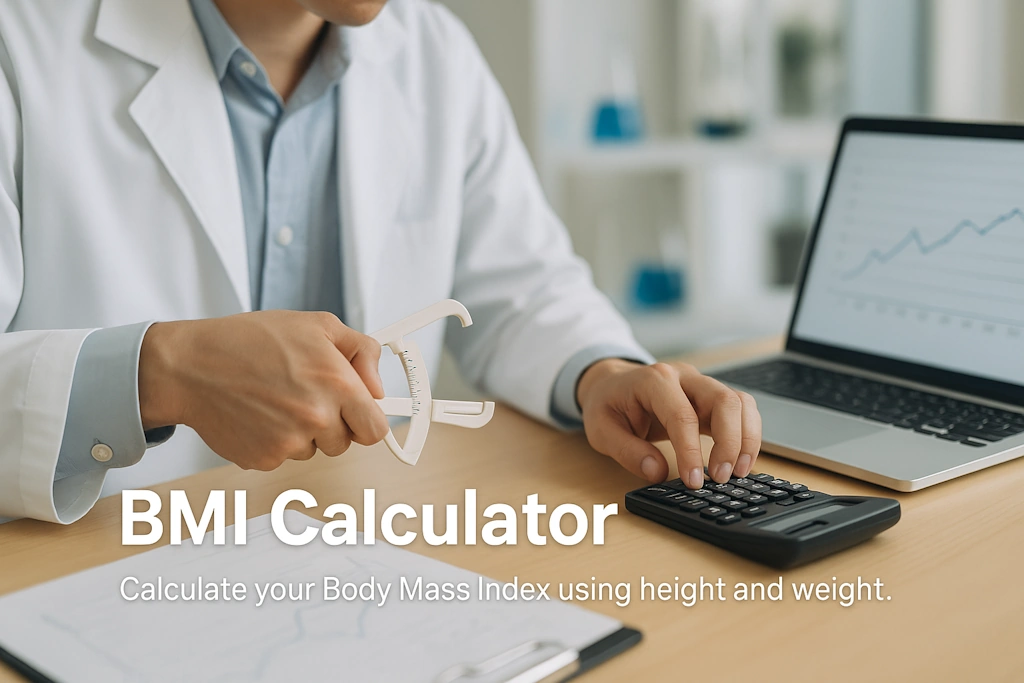The Body Mass Index (BMI) has a fascinating history spanning nearly 200 years. In the 1830s, Belgian polymath Adolphe Quetelet developed what was originally called the "Quetelet Index" during his work on social physics. His goal wasn't to measure individual health, but rather to create a simple metric for studying the physical characteristics of populations.
The term "Body Mass Index" wasn't coined until 1972 by Ancel Keys, when he found that BMI was the best proxy for body fat percentage among ratios of weight and height. Keys' study, which analyzed data from 7,424 healthy men across five countries, established BMI as the most practical measure of body composition available at the time.
What started as a population statistics tool has evolved into the most widely used (and debated) health screening metric globally. The World Health Organization (WHO) adopted BMI guidelines in the 1990s, standardizing weight categories across the globe. However, this standardization would later face scrutiny as research revealed significant variations in body composition across different ethnicities and populations.
Key Historical Milestones:
- 1830s: Quetelet develops the initial formula
- 1972: Ancel Keys coins the term "Body Mass Index"
- 1990s: WHO adopts international BMI guidelines
- 2000s: Introduction of ethnicity-specific BMI cutoffs
- Present: Integration with digital health technologies
